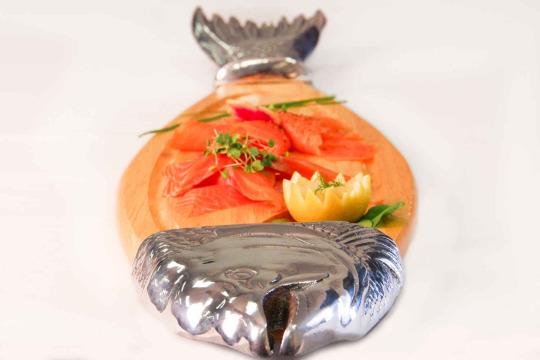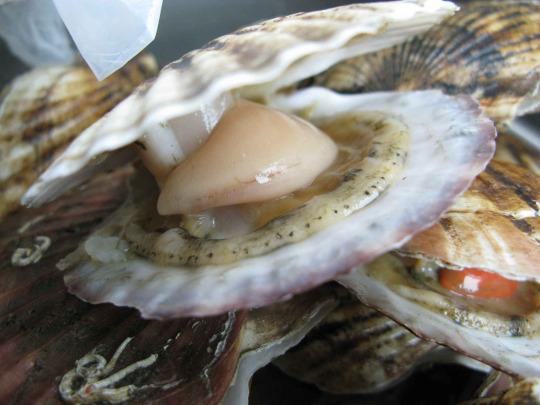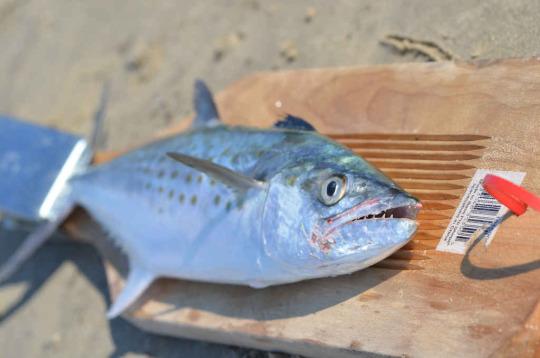There’s a delightful and true saying, often attributed to Joseph
Sobran, that in a hundred years, we’ve gone from teaching Latin and
Greek in high school to teaching remedial English in college.
Now comes even more evidence of the steady decline of American educational standards.
According to her research, the recommended literature list for 7th and 8th graders in Minnesota in 1908 included the following:

And also according to her research, the recommended literature list for 7th and 8th graders in Minnesota in 2014 (at one of the area’s finest districts, Edina Public Schools) included the following:

What’s most interesting, however, is Ms. Holmquist’s very thoughtful analysis of the results.
From better-ed.org:
And when I ask these teachers WHY those books are selected, the answer is always the same: Because those are the books that are popular today. There’s a greater likelihood that the student will want to do the reading and enjoy it as well.
The result, of course, is that Shakespeare, Austen, Dickens, Dostoevsky, and Chaucer are relegated to the trash-heap. In school, students are reading the same books they would read at home (if they read at all), and thus never encounter the classics because they lack good help from a good teacher.
Good teachers do not assign Twilight.
More from better-ed.org:
University students who major in social studies education are not being taught about America.
I’ve talked to several of these types of students who want to teach American history at the middle school or high school level. So, these are our future teachers. And I always ask the same question: When was the American Revolution?
Usually, I am met with dumb stares. Hardly any of them answer correctly: 1775-1783. This is because, for the most part, students who will eventually be teaching American history are not required to take a class on the American Founding. Again, these are our future teachers.
Finally, Ms. Holmquist makes one final observation:
Even classic works written in their native language–English–often appear to students like a second language. This is because they have never been challenged before.
And I sympathize.
The first time I read Hamlet, for example, I filled my book’s margins with notes and scribbles, none of which had anything to do with actually thinking about the book. I was struggling even to keep up with Shakespeare’s plot.
In other words, I had to teach myself how to read before I could even begin the much more difficult task of learning how to think.
Our students are simply not learning these skills in school.
What do you think?
Are these major problems for our students today? Is Ms. Holmquist on to something with her research and analysis? Or was Hamlet’s mother, the Queen, correct when she said: “The lady doth protest too much, methinks.”
Now comes even more evidence of the steady decline of American educational standards.
According to her research, the recommended literature list for 7th and 8th graders in Minnesota in 1908 included the following:

And also according to her research, the recommended literature list for 7th and 8th graders in Minnesota in 2014 (at one of the area’s finest districts, Edina Public Schools) included the following:

What’s most interesting, however, is Ms. Holmquist’s very thoughtful analysis of the results.
From better-ed.org:
In examining these lists, I noticed three important differences between the reading content of these two eras:This observation probably rings true for many students and parents of students today. I keep a pretty good eye on regular high school and college reading lists. Although the occasional older “classic” makes an appearance now and again, I’ve been surprised to find how many teachers actually assign Harry Potter, the Twilight series, Stephen King, and The Hunger Games for classroom reading.
1. Time Period
One of the striking features of the Edina list is how recent the titles are. Many of the selections were published in the 21st century. In fact, only four of the selections are more than 20 years old.
In comparison, over half of the titles on the first list were at least 20 years old in 1908, with many of them averaging between 50 to 100 years old.
Older is not necessarily better, but the books on the first list suggest that schools of the past were more likely to give their students time-tested, classic literature, rather than books whose popularity may happen to be a passing fad.
And when I ask these teachers WHY those books are selected, the answer is always the same: Because those are the books that are popular today. There’s a greater likelihood that the student will want to do the reading and enjoy it as well.
The result, of course, is that Shakespeare, Austen, Dickens, Dostoevsky, and Chaucer are relegated to the trash-heap. In school, students are reading the same books they would read at home (if they read at all), and thus never encounter the classics because they lack good help from a good teacher.
Good teachers do not assign Twilight.
More from better-ed.org:
2. Thematic ElementsTo summarize the point, American students are not being taught about America.
A second striking difference between the two book lists are the themes they explore. The first is full of historical references and settings which stretch from ancient Greece (Tanglewood Tales) to the Middle Ages (Harold, Last of Saxon Kings) to the founding of America (Courtship of Miles Standish). Through highly recognized authors such as Longfellow, Stevenson, Kipling, and Dickens, these titles introduce children to a vast array of themes crucial to understanding the foundations upon which America and western civilization were built.
The Edina list, however, largely deals with modern history, particularly hitting on many current political and cultural themes such as the Taliban (The Breadwinner), cloning, illegal immigrants, the drug war (The House of the Scorpion), and deeply troubled youth (Touching Spirit Bear). In terms of longstanding, classic authors, Mark Twain and Ray Bradbury are the only ones who stand out.
It’s good for children to understand the world in which they live, but as with any area in life, you can have too much of a good thing. A continual focus on modern literature narrows the lens through which children can view and interpret the world. Would it not be better to broaden their horizons and expose them to a balance of both old and new literature?
University students who major in social studies education are not being taught about America.
I’ve talked to several of these types of students who want to teach American history at the middle school or high school level. So, these are our future teachers. And I always ask the same question: When was the American Revolution?
Usually, I am met with dumb stares. Hardly any of them answer correctly: 1775-1783. This is because, for the most part, students who will eventually be teaching American history are not required to take a class on the American Founding. Again, these are our future teachers.
3. Reading LevelThis, I think, is Ms. Holmquist’s most important point: Our children are not being taught how to read, which really means they are not being taught how to think.
Many of the books on the Edina list use fairly simple, understandable language and vocabulary familiar to the modern reader. Consider the first paragraph of Nothing But the Truth:
Coach Jamison saw me in the hall and said he wanted to make sure I’m trying out for the track team!!!! Said my middle school gym teacher told him I was really good!!!! Then he said that with me on the Harrison High team we have a real shot at being county champs. Fantastic!!!!!! He wouldn’t say that unless he meant it. Have to ask folks about helping me get new shoes. Newspaper route won’t do it all. But Dad was so excited when I told him what Coach said that I’m sure he’ll help.
On the other hand, consider the first paragraph of Longfellow’s Evangeline:
“This is the forest primeval. The murmuring pines and the hemlocks,
Bearded with moss, and in garments green, indistinct in the twilight,
Stand like Druids of eld, with voices sad and prophetic,
Stand like harpers hoar, with beards that rest on their bosoms.
Loud from its rocky caverns, the deep-voiced neighboring ocean
Speaks, and in accents disconsolate answers the wail of the forest.”
The first example uses simple words and a casual sentence structure, while the second uses a rich vocabulary and a complex writing format. Naturally, some might look at the second selection and say, “Good grief! How do you expect a child to understand that?!?”
But that’s the whole point. Unless we give our students challenging material to dissect, process, and study, how can we expect them to break out of the current poor proficiency ratings and advance beyond a basic reading level?
Even classic works written in their native language–English–often appear to students like a second language. This is because they have never been challenged before.
And I sympathize.
The first time I read Hamlet, for example, I filled my book’s margins with notes and scribbles, none of which had anything to do with actually thinking about the book. I was struggling even to keep up with Shakespeare’s plot.
In other words, I had to teach myself how to read before I could even begin the much more difficult task of learning how to think.
What do you think?
Are these major problems for our students today? Is Ms. Holmquist on to something with her research and analysis? Or was Hamlet’s mother, the Queen, correct when she said: “The lady doth protest too much, methinks.”
















